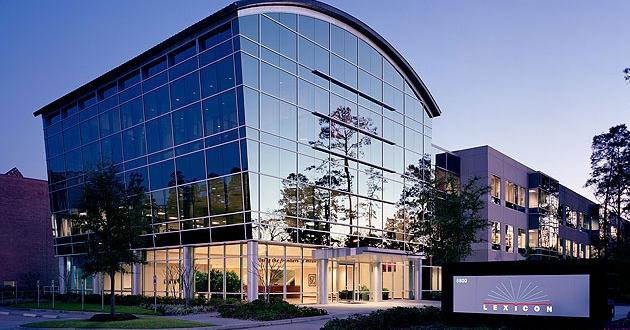Have you ever wondered about the variety of windows used in tall commercial buildings? What kind of windows are installed in these taller commercial buildings, given the variety of shapes, sizes, and designs of these structures? A wide variety of windows, including hurricane-resistant and energy-efficient models, are found in commercial buildings. We’ll examine some common commercial window types in more detail in this blog post, along with the reasons they might be ideal for your upcoming project! There are different types of windows, each one arising from a special combination of elements like the kind of glass used, the visual appeal of the window, and so forth.
Aluminum windows
Aluminum windows derive their name from the aluminum material used to make their frames. These are the most typical kinds of windows that can be found in both commercial and residential buildings. They are resilient and long-lasting and require very little maintenance.
Glass windows
Tempered glass is the most common type of commercial glass. It is frequently mandated by law. Compared to residential glass, which breaks into large, sharp shards, this glass is four to six times more durable and is designed to break into tiny, innocuous pieces. Laminated glass consists of two layers of ordinary glass with a thick plastic sheet sandwiched in between. This strengthens the window, increasing its durability and causing broken glass to stick to the plastic center rather than breaking outward.
Glazed windows
Installing glass into frames that are fastened to an opening in a building’s exterior wall that is meant to hold windows is known as glazing. We call this procedure “glazing.” For the windows, single, double, or triple glazing are the possible glazing options. As the number of glazing layers increases, the windows’ insulation level improves significantly. Windows with more glazing are more effective at blocking heat and sound and are also more energy-efficient. Triple-glazed windows feature three independent panes of glass set apart by spacers. An inert gas, such as argon or krypton, acts as an insulating barrier between the glass panes and separates these spacers from one another. Double-glazed windows consist of two interconnected panes of glass.
Types of windows according to the variations in structure and functionality
Pivoted windows
The most popular kind of pivoting window is the casement window. It is frequently designed like a pivoting mechanism. Because the windows are hung on pivots, the panes can oscillate or swing back and forth. Depending on where the pivots are positioned, the window panes can oscillate either vertically or horizontally. This depends on how the pivots are oriented.
Fixed windows
There is no mechanism for fixed windows for them to open or close. Allowing natural light into a building is the main purpose of these features. The majority of the time, fully glazed, weather-resistant window panes are installed within the window frame.
Sliding windows
Sliding windows, as opposed to fixed windows, have movable panes that are still securely fastened to their frames. In contrast, fixed windows are immovable. There are two types of sliding windows: vertical and horizontal sliding windows. These are the common types of windows that are seen in stores.
Metal windows
A large number of public buildings have metal windows. Mild steel, which is less expensive but more robust than other window types, is used in their production. This glass could be made of bronze, stainless steel, or aluminum.
Awning windows
Awning windows open outward on a top hinge. These glass panels are commonly found in bathrooms, bedrooms, and other private areas. To purchase the best quality windows, consult Active Windows. They are the best dealers in commercial windows and doors, Peterlee.









